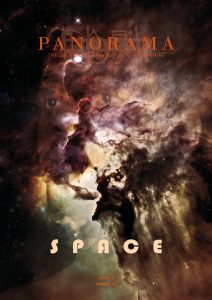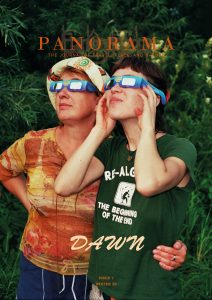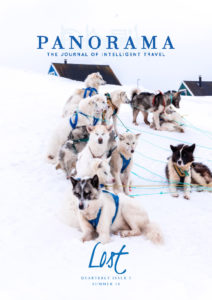From White Sands Missile Range Museum, I drive east on US Route 70 still mulling over the displays: colourful missiles arrayed like playground toys in an outdoor park, a miniature model of the ranch fifty miles away where scientists assembled the first nuclear bomb, photos of the Trinity test itself. But it’s the plastic dummy on a crude stretcher who haunts me. Once used in field simulations for treating radiation sickness, he was encased in glass with other relics: survival manuals, ration canisters, a flimsy can opener.
Too shaken to drive safely, I spot an historic marker framed in weathered wood and pull over.
Disappearance of Albert J. Fountain and his son Henry, I read as I stop the car. I step out and scan the fine print. Mr. Fountain and his eight year old traveled this way through the desert on February 1, 1896. A Civil War veteran who rose to regional prominence as a lawyer and legislator, Fountain carried indictments against local cattle rustlers that day.
I think back to the museum, my Cold War childhood, and what I feared at Henry’s age: not knives or bullets or a rope around my neck, but myself among millions stretched out like that radiation sickened dummy, our vacant eyes all staring upward.
Wind rattles plastic bags caught in barbed wire and creosote bushes. I read on.
The bodies of Fountain and his son were never found. A prominent landowner tried for the murders was acquitted.
For a moment, I find strange comfort in this routine tale of the Old West, how nineteenth century violence against two now merits a marker along a highway cutting through the largest military installation in the United States.
I kick at gravel, not wanting any of this to seem normal. But I also want to eat lunch, shop for groceries, look for a campground. And I’ve heard that missile tests often shut down this stretch of highway with little warning. I return to the car and merge with traffic still speeding toward Alamogordo.











